Breakfast cereals are a cornerstone of many morning routines, offering a quick and convenient meal to start the day. However, some of these beloved cereals contain ingredients that have raised eyebrows in health-conscious circles. As food safety regulations evolve globally, certain additives once considered harmless are now under scrutiny. Ingredients like artificial dyes and preservatives are banned in several countries due to potential health risks, yet they continue to occupy a place in our bowls. Here, we explore seven popular cereals that feature ingredients now deemed unacceptable in various parts of the world, shedding light on the complex interplay between taste, convenience, and health.
Froot Loops
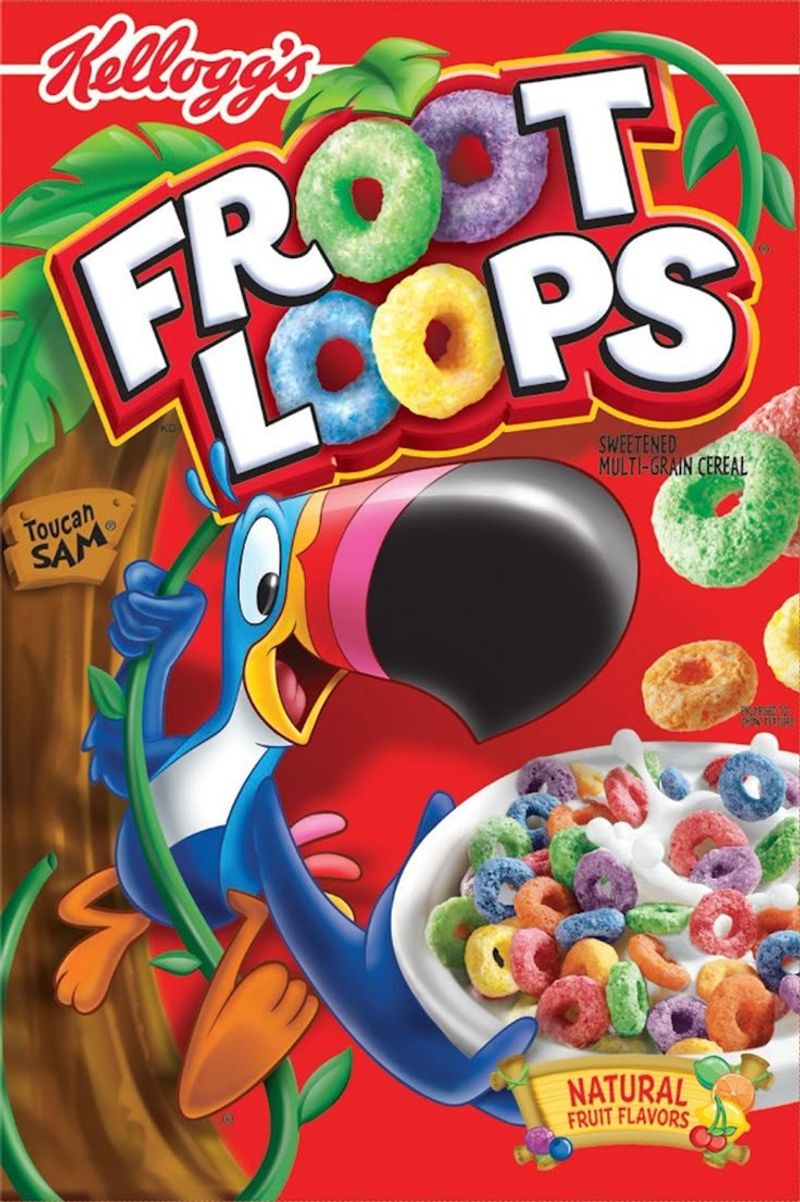
Froot Loops, a vibrant medley of colors, has long captivated young and old alike. Yet, beneath its cheerful appearance lies a concoction of artificial dyes like Red 40, Yellow 5, and Blue 1. These synthetic dyes have faced bans in the EU due to associations with hyperactivity in kids and possible carcinogenic effects. Imagine a world where breakfast is scrutinized as much as a fine wine. California’s new Food Safety Act in 2023 is taking a stand against such additives. Froot Loops stands as a reminder of how bright colors can sometimes hide deeper, more complex stories within each bite.
Lucky Charms
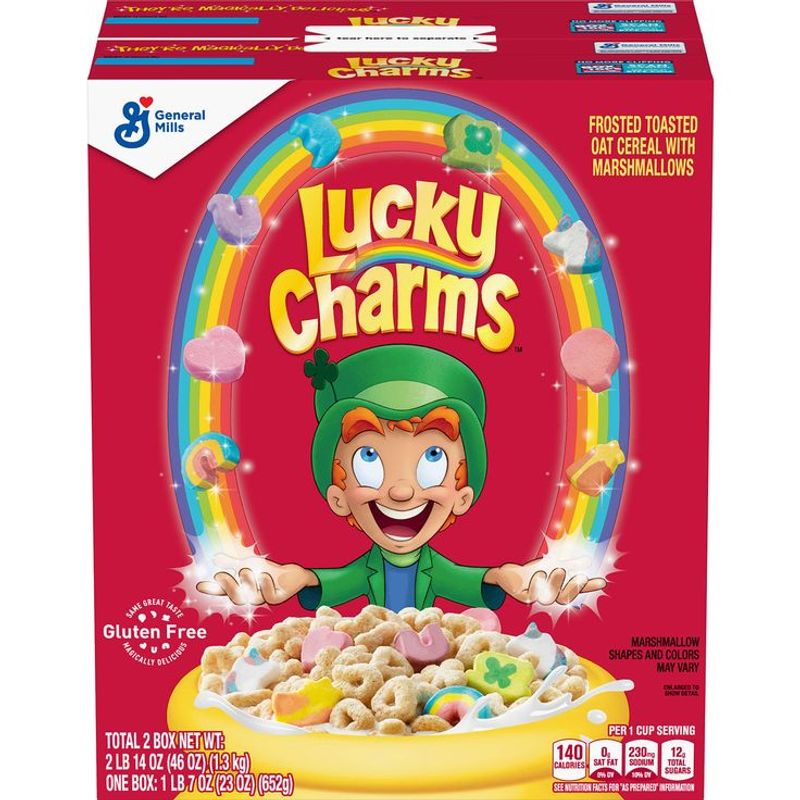
Lucky Charms has enchanted breakfast tables with its magical mix of colors. But behind the rainbow of marshmallows is a blend of artificial colors like Yellow 5, Blue 1, and Red 40. Adding to the mix, Butylated Hydroxytoluene (BHT) is used to keep freshness but raises concerns abroad. BHT has been banned in parts of Europe for possible links to cancer and endocrine disruption. Picture a leprechaun guarding secrets of the cereal world. With every colorful marshmallow, a question arises: Are we trading magic for safety? This cereal is a testament to how something so charming can demand a second glance.
Trix
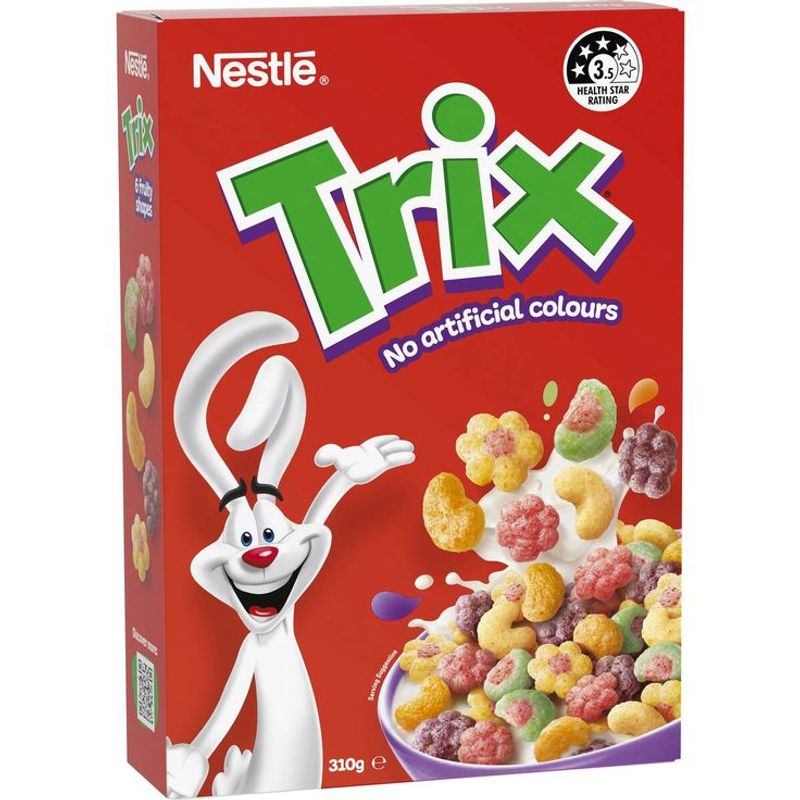
Trix isn’t just for kids; it’s for anyone yearning for a burst of fruit-flavored excitement in the morning. Yet, the same artificial food dyes giving Trix its vivid appeal—Red 40 and Yellow 6—are under the microscope. Banned or restricted in many countries outside the U.S., these dyes are linked to behavioral changes in children. Think of a clown juggling bright balls that echo laughter but harbor secrets. Each bite invites you to question what lies beyond the fun. Trix cereal serves as a colorful palette in the debate over safety versus visual appeal in our daily diets.
Cinnamon Toast Crunch
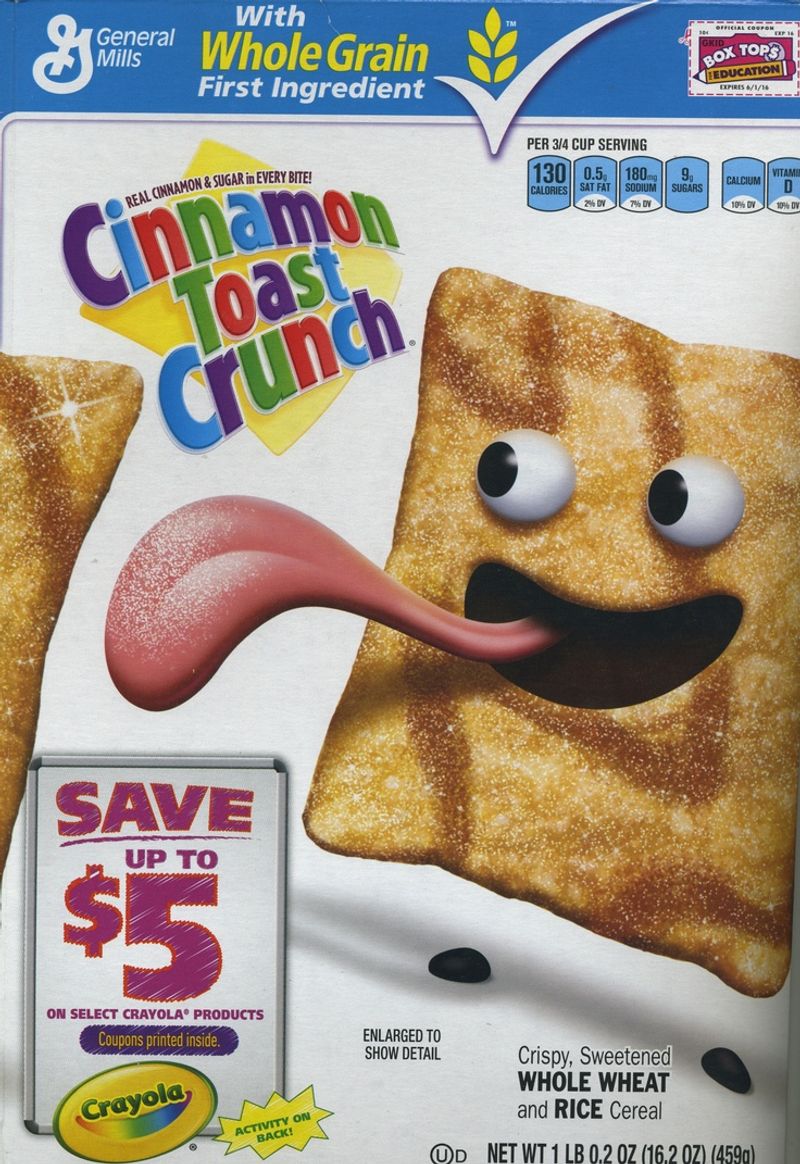
Cinnamon Toast Crunch, with its comforting swirl of cinnamon and sugar, evokes warmth and nostalgia. However, its use of Butylated Hydroxytoluene (BHT) raises eyebrows. Banned in Japan and parts of Europe, BHT is questioned for its long-term exposure risks. Imagine a warm hug that might come with a warning label. This cereal stands as a symbol of how even the most comforting foods can harbor controversies. As you savor each crunchy bite, consider the global narrative around food safety and the delicate balance between preserving freshness and ensuring health.
Cap’n Crunch
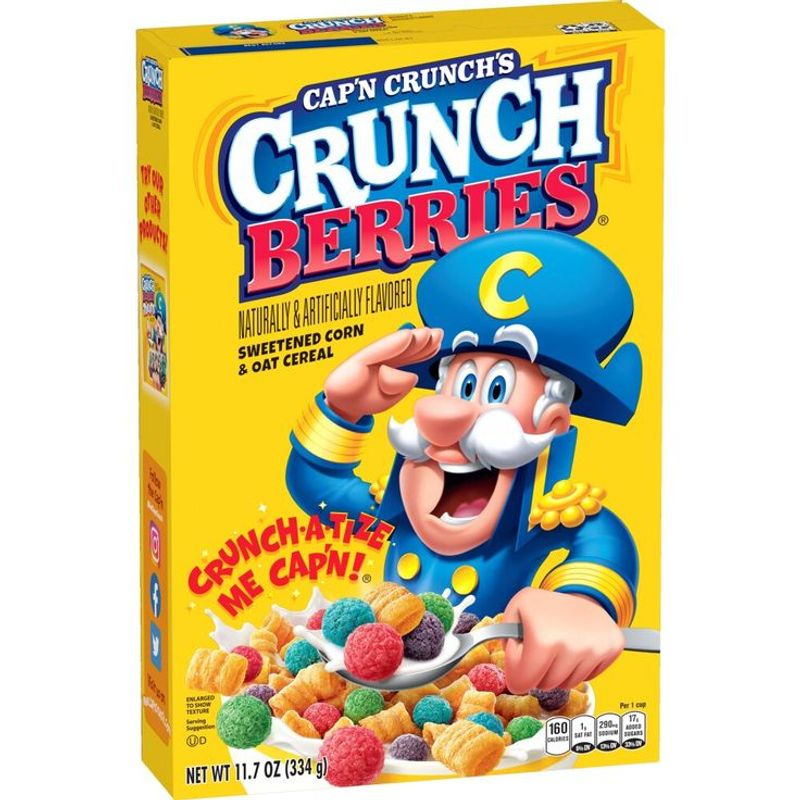
Cap’n Crunch sails into breakfast bowls with a promise of adventure and sweetness. Yet, its vibrant palette is thanks to Yellow 5, Yellow 6, and BHT, ingredients that ring alarm bells. Linked to allergic reactions and behavioral issues abroad, these additives are under scrutiny. Imagine a captain charting uncertain waters with hidden cargo. This cereal highlights the clash between culinary delight and health concerns. Each crunchy piece invites a reflection on the ingredients we often overlook, questioning what price we pay for flavor and longevity in our meals.
Frosted Flakes
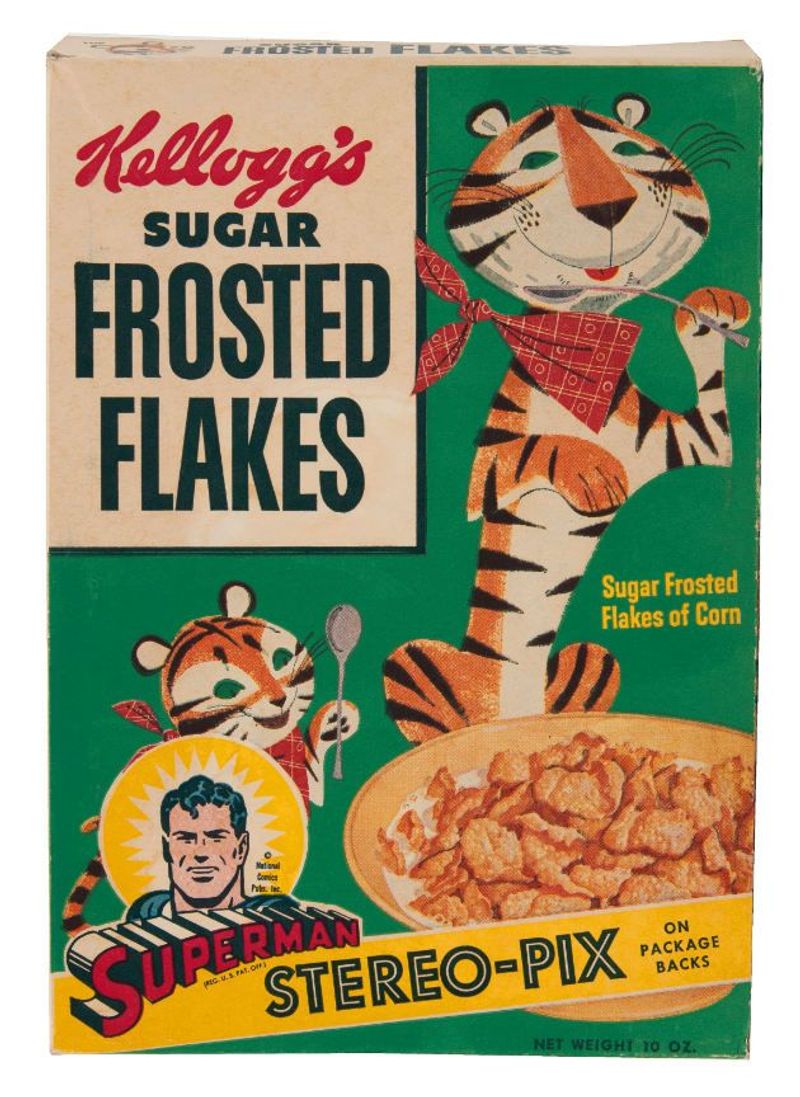
Frosted Flakes, synonymous with sugary delight, has been a staple on breakfast tables. The addition of Butylated Hydroxytoluene (BHT) to prolong shelf life presents a conundrum. Banned in some countries for its potential carcinogenicity, BHT adds an unexpected layer to the seemingly innocent cereal. Imagine a frosty landscape where every flake tells a tale of forbidden ingredients. This cereal reminds us of the hidden narratives woven into our beloved foods, where the quest for preservation can sometimes overshadow health considerations. With each spoonful, the story of Frosted Flakes unfolds.
Reese’s Puffs
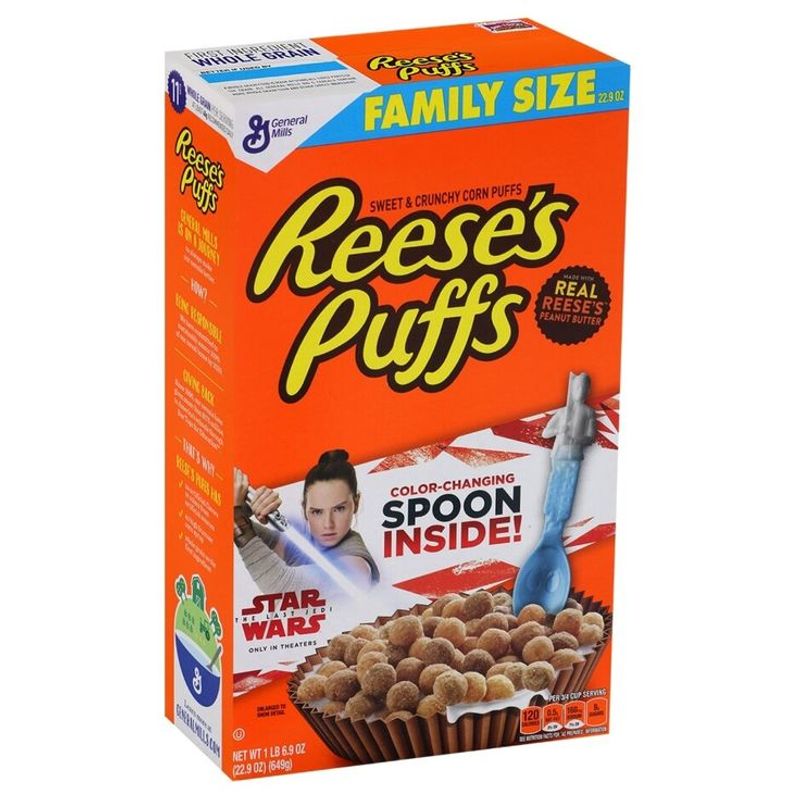
Reese’s Puffs brings the allure of chocolate and peanut butter to breakfast, a combination many find irresistible. However, its allure is tinged with artificial flavors and Butylated Hydroxytoluene (BHT). Despite being cherished by fans, these additives are flagged in clean-label movements and banned in stricter food markets. Picture a chocolate river with hidden currents of controversy beneath its surface. This cereal challenges us to consider the trade-offs between indulgence and ingredient transparency. As you enjoy this classic favorite, ponder the ever-evolving landscape of food regulations and consumer awareness.

Comments
Loading…